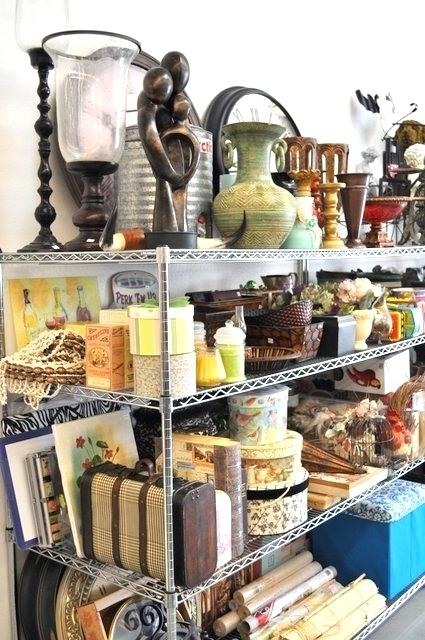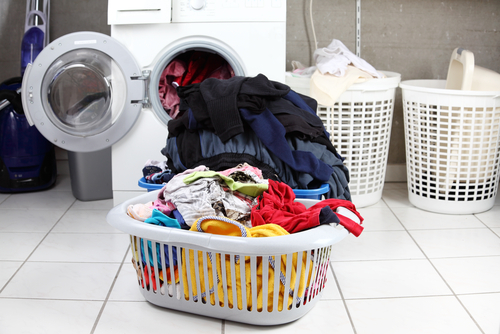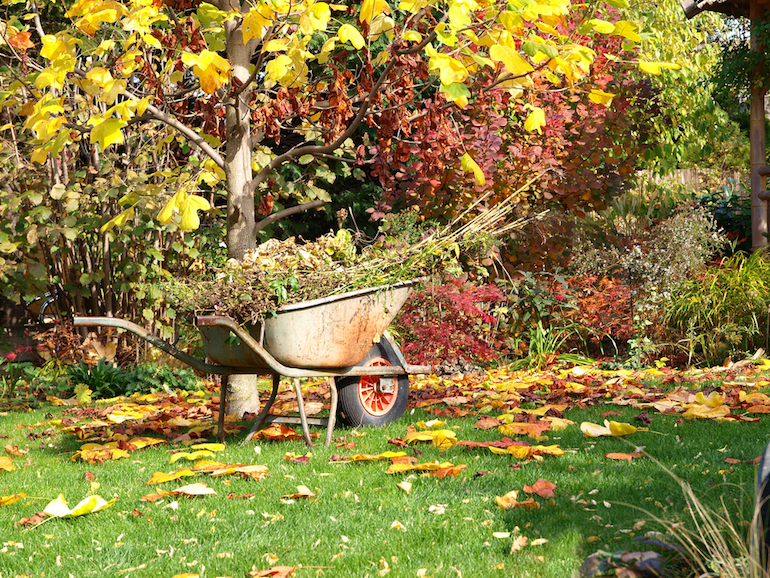Indoor Activities for Kids During Cold Weather

When a cold snap keeps schools and daycare centers closed for several days, and its too cold for the kids to enjoy more than a little while outside in the elements, keep them busy while staying inside at home or away from home so they can’t cry “I’m bored!”
-
- Empty water bottles and a soft ball or a ball of yarn make for a fun game of bowling! Set the water bottles up and start rolling!
-
- The cardboard tubes from paper towels and toilet paper can be used for several projects, including a marble run, bird feeders, and even STEM activities!
-
- Different sized plastic storage bowls and a rubber ball can provide lots of fun by creating a bouncy maze. Set up a path with the bowls, and make a game of bouncing the balls to land in each bowl.
-
- Have a family competition using straws and pom-poms or cotton balls. Using a smooth surface, place the pom-poms side by side and blow on them with the straws. See who can get them to the finish line first!
-
- Empty food boxes are great oversized blocks for building towers and forts.
-
- A simple thin ice game can be played by placing a tissue over a large mug and securing it with a large rubber band, leaving the tissue as tight as possible without tearing. Place a quarter on the top, and roll a die. The roller must poke as many holes in the tissue with a sharpened pencil, trying not to send the quarter “through the ice.”
-
- Cosmic Kids Yoga YouTube channel has tons of videos to choose from with different themes. This is a fun activity to get the kids to chill and have fun at the same time.
-
- The older kids don’t have to be left out. Check out these great ideas for tweens ranging from art to math to STEM activities from whatwedoallday.com.
-
- Many museums offer hands-on exhibits for children, and even free admission if the kids are under a certain age.
-
- Go roller skating or take advantage of the cold temps and hit up an ice skating rink. Grab a hot chocolate afterwards at a local coffee shop.
-
- Find a family-friendly Escape Room studio in your area and spend the afternoon working together to get out!
-
- Many local artists are offering inexpensive paint-and-take sessions for kids and families. Search on Facebook or your local arts councils for this memory-making venture.
Don’t let cabin fever rule in your home. Whether you choose to stay inside and play some DIY games, or get outside and enjoy some local indoor activities, Wintertime doesn’t have to be boring.
Courtesy of New Castle County DE Realtors Tucker Robbins and Carol Arnott Robbins.
Photo credit: morespaceplace.com














